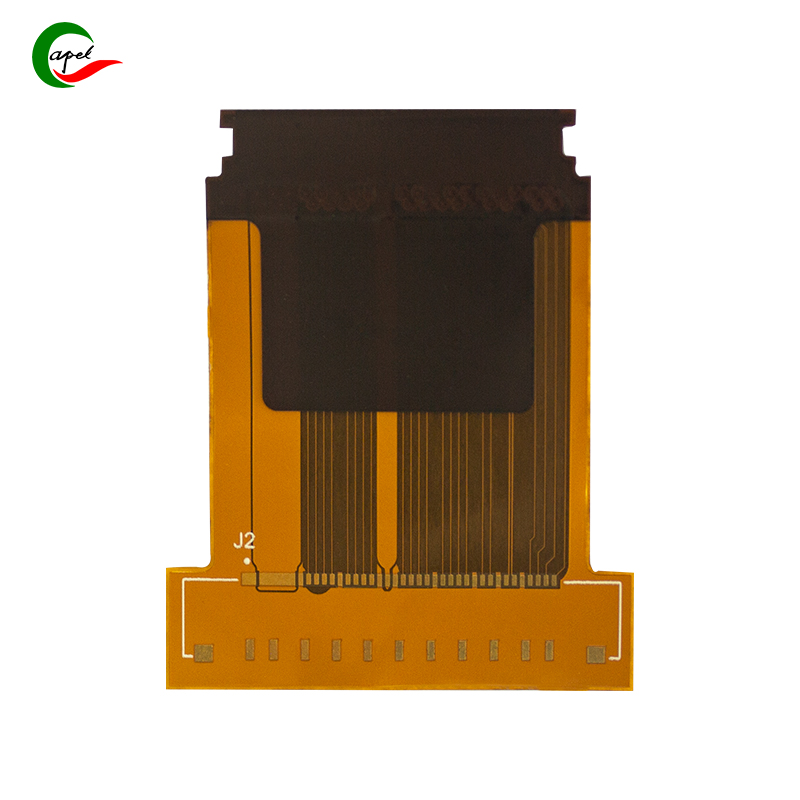SMT Processing Must-See! Comprehensive Analysis of Conformal Coating Application: Differences Between Coated and Uncoated, and Selection Tips
Date: 2025-08-07
In SMT manufacturing, conformal coating is a critical defense against environmental threats. Choosing whether to apply it and which method to use impacts reliability and cost. This guide simplifies these decisions.
To Coat or Not to Coat?
Uncoated Assemblies
Suitable for controlled environments (office printers, home appliances):
- Benefits: Lower costs, easier rework, better heat dissipation.
- Risks: Vulnerable to moisture, dust, and corrosion—3x higher failure rates in >60% humidity (IPC study).
Coated Assemblies
Essential for harsh conditions (outdoor devices, industrial settings, automotive/aerospace):
- Protects against moisture, chemicals, corrosion, and physical damage.
- Extends lifespan: 90% longer life for automotive underhood PCBs (AEC study).

Application Methods
1. Brush Coating
- Best for: Low-volume runs, targeted coverage, thick coatings (25–50μm).
- Pros: Low cost, minimal waste, easy masking.
- Cons: Labor-intensive, inconsistent thickness.
2. Spray Coating
- Best for: Medium-to-high volumes, complex boards.
- Pros: Fast (10x vs. brushing), uniform thickness (10–25μm).
- Cons: Higher equipment cost, overspray waste.
3. Dip Coating
- Best for: Simple, flat assemblies, high-volume runs.
- Pros: Full coverage, low labor, low per-unit cost.
- Cons: Risk of pooling, hard to mask.
Coating Material Selection
Type | Key Properties | Best For | Limitations |
Acrylic | Easy to apply, removable | Indoor/consumer devices | Poor chemical/UV resistance |
Silicone | Extreme temp range (-60°C–200°C), flexible | Automotive, high-vibration | Expensive, hard to rework |
Urethane | Chemical/abrasion resistance | Industrial, marine | Long cure time |
Parylene | Ultra-thin, pinhole-free | Medical, aerospace | Very high cost, specialized equipment |
Key Tips
- Clean boards thoroughly before coating.
- Mask connectors, heat sinks, and test points.
- Aim for 15–30μm thickness (avoids gaps/cracking).
- Test compatibility with components.
- Follow proper curing guidelines.
Case Study
Solar inverter manufacturer reduced failures by 80% in humid climates by switching to silicone spray coating, extending lifespan to 5+ years.
Conclusion
Conformal coating balances cost and reliability. Choose based on environment, volume, and material needs to ensure long-term performance.
Founded in 2009, our company has deep roots in the production of various circuit boards. We are dedicated to laying a solid electronic foundation and providing key support for the development of diverse industries.
Whether you are engaged in electronic manufacturing, smart device R&D, or any other field with circuit board needs, feel free to reach out to us via email at sales06@kbefpc.com. We look forward to addressing your inquiries, customizing solutions, and sincerely invite partners from all sectors to consult and collaborate, exploring new possibilities in the industry together.
